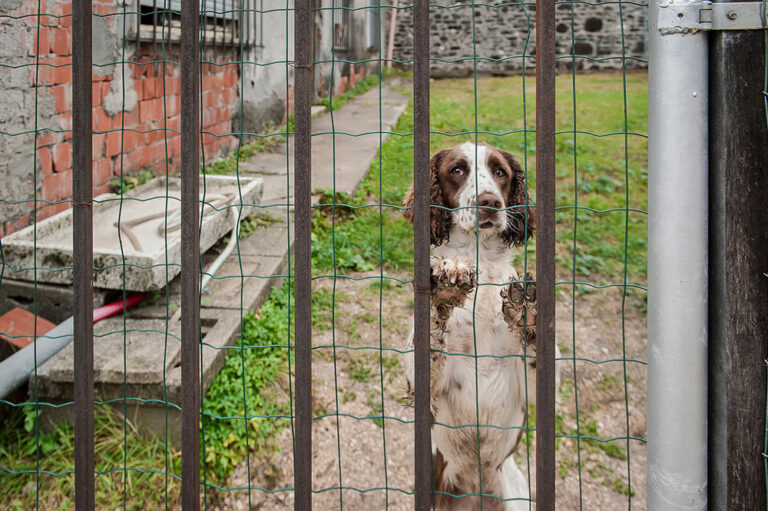
7 mistakes to avoid when purchasing pet insurance
Not long ago, pet owners sometimes had to make heartbreaking decisions when their pets were diagnosed with chronic conditions because of the high treatment costs that had to be paid out of pocket. Today, with pet insurance, people can get medical treatment and enjoy more time with their pets. But, with several insurers and plans to choose from, it is easy to make misjudgments. Here are seven mistakes pet owners make when purchasing pet insurance. Buying pet insurance too late Although pet owners are happy to meet their pets’ needs in all other aspects of life, insurance is often ignored until their pet has developed a serious illness or has met with an accident. This is a mistake for two reasons: Just like medical insurance for humans, pet insurance only gets more expensive as they age. This could result in higher premiums, more exclusions, and increased out-of-pocket costs. Moreover, insurance providers may not offer coverage for pets with pre-existing conditions, which could lead to disqualification from the policy or minimal coverage. To avoid these issues, always purchase pet insurance while the pets are still young and healthy. Not seeking a veterinarian’s opinion Another frequent mistake pet owners make is thinking that pet insurance is an individual decision.
Read More 





